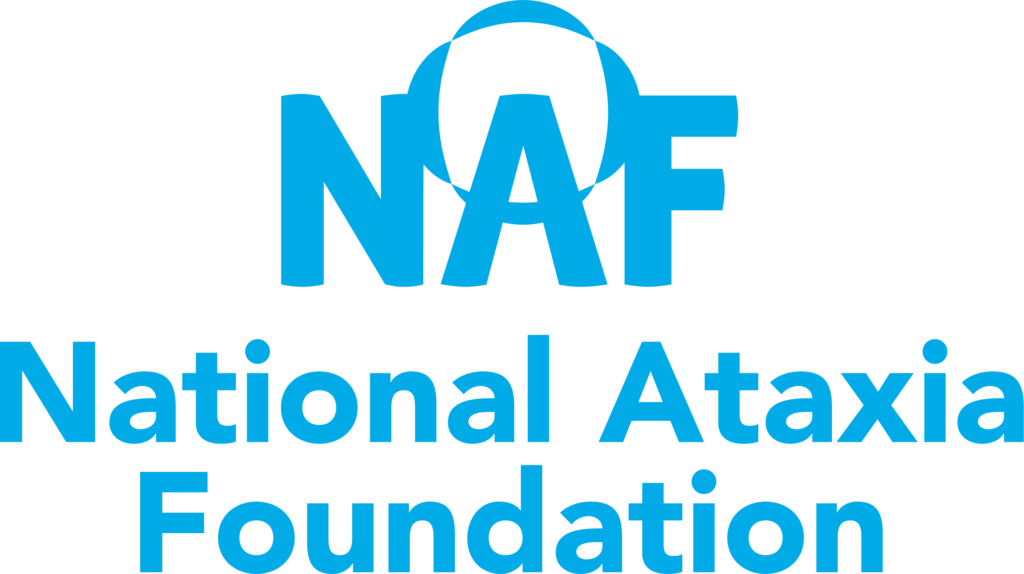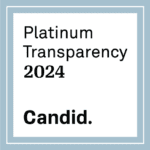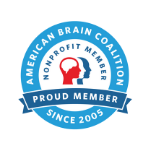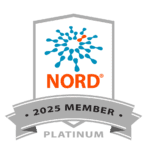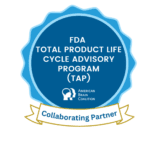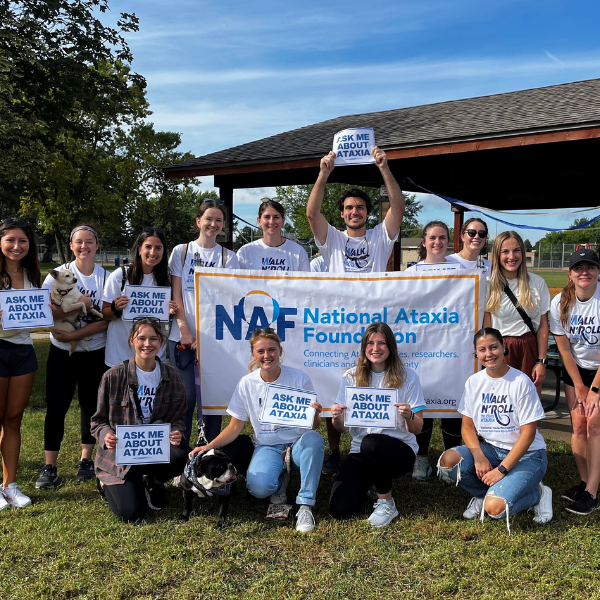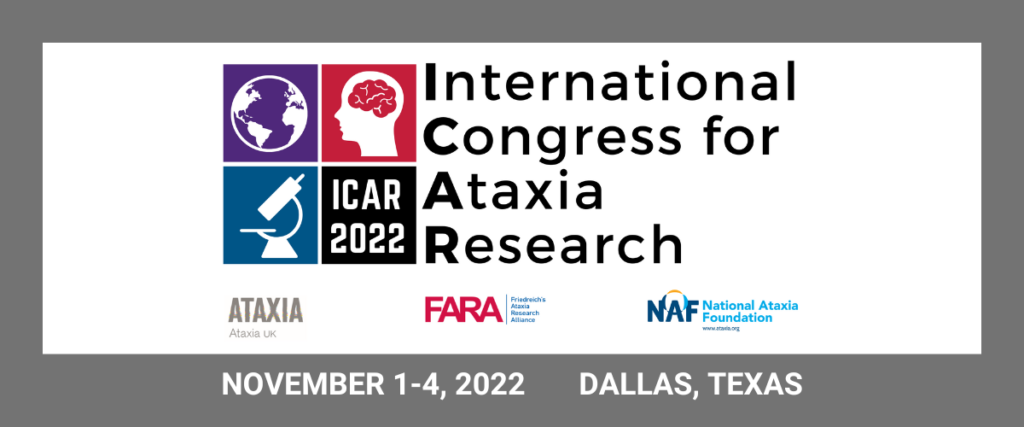
Written by Ronald Buijsen
Edited by Celeste Suart
The Late Breaking Session presents data that are high-impact, groundbreaking, innovative, and newsworthy. This session will cover insights into FA disease mechanisms, a novel screening platform and the use of natural history data in clinical trials.
After announcing the ICAR 2022 award winners, the organisers will give a summary of what we have learned during this meeting and how we can use this information in future ataxia research.
During the last and most important session of this meeting, early career researchers involved in ataxia research will feature Flash Talks understandable for lay audiences.
The last day of the 2022 ICAR meeting will start with the “late-breaking session”. A late-breaking session contains new information that was not yet known or fully available at the time the program for the meeting was finalised. Late-breaking talks present data that are high-impact, ground-breaking, innovative, and newsworthy. Due to the nature of this session, it will cover multiple topics that were already covered throughout the meeting.
Some of the talks will include:
- Why a subpopulation of Friedreich’s ataxia patients have fewer disease symptoms compared to others and how this information might help in exploring new treatments.
- How a drug screening platform is being used to identify new therapeutic approaches to treat SCA5. Using this new platform, thousands of FDA-approved compounds could be screened.
- New data of Friedreich’s ataxia patients from a natural history study. The natural history of a disease is how disease symptoms change over time without any treatment. Measurements of symptoms are tracked from the disease’s onset until either the symptoms get better or the patient’s death. Its purpose is to identify demographic, genetic, environmental, and other variables that correlate with the disease’s development and outcomes. We will hear how these new findings can contribute to the understanding of the effects of therapeutic agents on Friedreich’s ataxia.
Next, the organisers of the meeting will give a summary of the highlights of the meeting. What have we learned in the past few days and how can we use this information for future ataxia research? The winners of the presentation awards will also be revealed.
The last, and one of the most important events during the meeting, will be the Patient Flash Talks. Here, early career researchers involved in ataxia research will give presentations focusing on their research. This is a great chance for ataxia patients, caregivers, and friends to learn about ataxia research. Attendees will get to know and interact with the junior investigators. The presentations are understandable for a lay audience.
Scientists, researchers, and clinicians are also welcome to attend the talks. After the conference, flash talk videos will be published on the NAF YouTube channel. This will include flash talks presented at ICAR, and others that were not able to present due to limited time. There will be a prize for the person who has the best Flash Talk at the conference.

Snapshot: What is Aspiration?
Aspiration refers to the entry of food, liquid, saliva, or other materials into the airway instead of the esophagus during swallowing. This can occur when the coordination of muscles involved Read More…
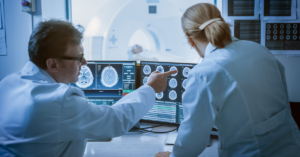
SCAview: Grandes datos para grandes preguntas
Escrito por Dr. Celeste Suart Editado por Priscila Pereira Sena Traducido por Ismael Araujo Aliaga Un grupo internacional de investigadores desarrolló una novedosa herramienta para visualizar grandes bases de datos de información Read More…
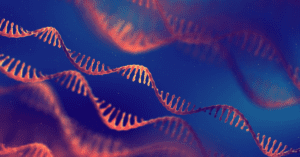
Snapshot: What is Alternative Splicing?
To function properly, our body depends on many essential processes that are moderated by molecules created within us. Creating these crucial molecules, also called proteins, involves multiple steps and precursor Read More…



